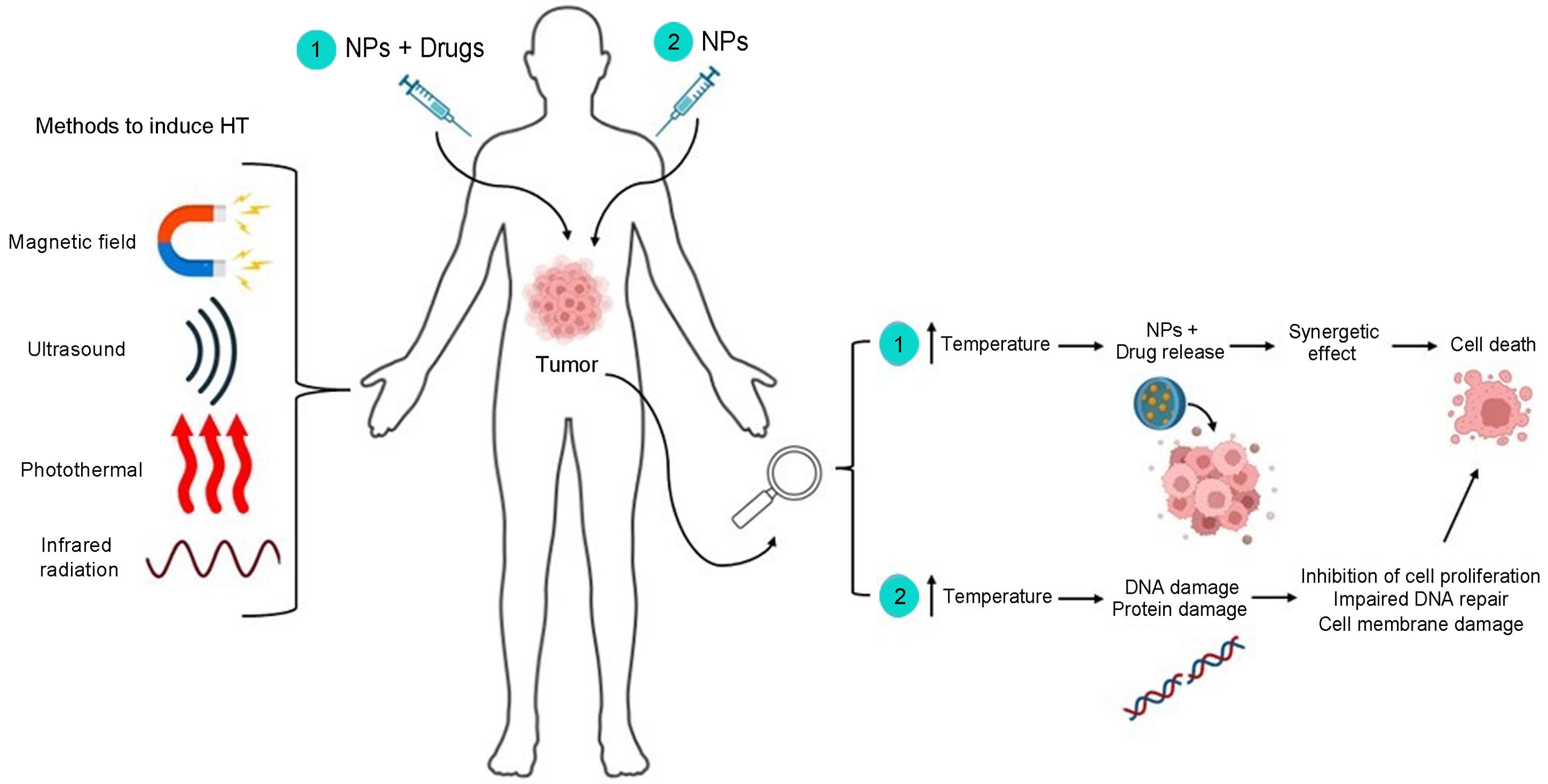Many forget the damage done by diseases like whooping cough, measles and rubella. Not these families – AP News
Report on the Impact of Vaccination and the Importance of Immunization in Achieving Sustainable Development Goals
Introduction
Before the widespread adoption of vaccination, infectious diseases caused significant mortality, particularly among children. In 1900, nearly 20% of children in the United States did not survive to their fifth birthday due to diseases such as polio, measles, and rubella. Over the past century, vaccines have drastically reduced these diseases, contributing to improved health outcomes and supporting the achievement of Sustainable Development Goal (SDG) 3: Good Health and Well-being.
Challenges in Vaccination Uptake and Public Perception
Despite the success of vaccines, vaccine hesitancy has led to a resurgence of preventable diseases. This hesitancy is partly due to the diminished visibility of these diseases, leading to undervaluation of vaccines. Anti-vaccine activism, including misinformation about vaccine safety, poses a threat to public health and undermines progress towards SDG 3.
Case Studies Highlighting the Importance of Vaccination
1. Rubella and Congenital Rubella Syndrome
Jacque Farnham was born with congenital rubella syndrome after her mother contracted rubella during early pregnancy, before the availability of a rubella vaccine. The syndrome caused Jacque multiple lifelong health challenges, including hearing impairment and heart defects. This case underscores the critical role of vaccination in preventing congenital disabilities and aligns with SDG 3 and SDG 4: Quality Education, by enabling affected individuals to access education and support services.
2. Measles and Delayed Vaccination
Patricia Tobin’s sister, Karen, died from measles encephalitis in 1970 due to delayed vaccination. This tragedy highlights the necessity of timely immunization and the maintenance of high vaccination coverage to achieve herd immunity, protecting communities and supporting SDG 3.
3. Polio and Post-Polio Syndrome
Lora Duguay contracted polio as a child before the widespread availability of an effective vaccine. Although she overcame initial paralysis, she later developed post-polio syndrome. The success of the polio vaccine in eradicating the disease in the U.S. demonstrates progress towards SDG 3 and SDG 10: Reduced Inequalities, by preventing disability and promoting inclusion.
4. Whooping Cough and Infant Mortality
Katie Van Tornhout lost her daughter Callie to whooping cough at 37 days old. Callie was too young to be vaccinated, and exposure to unvaccinated individuals led to her death. This case emphasizes the importance of community immunity and adult vaccination to protect vulnerable populations, supporting SDG 3 and SDG 16: Peace, Justice and Strong Institutions, through public health advocacy.
Key Lessons and Recommendations
- Enhance Public Awareness: Increase education on the risks of preventable diseases and the benefits of vaccination to counteract misinformation and vaccine hesitancy.
- Strengthen Immunization Programs: Ensure access to vaccines for all populations, including vulnerable groups, to achieve equitable health outcomes in line with SDG 10.
- Promote Policy Support: Encourage policies that mandate vaccination for school attendance and reduce exemptions to maintain herd immunity.
- Support Families and Individuals: Provide resources and support for those affected by vaccine-preventable diseases to improve quality of life and social inclusion.
Conclusion
The historical and contemporary experiences with vaccine-preventable diseases demonstrate the critical role of immunization in safeguarding health and achieving the Sustainable Development Goals, particularly SDG 3. Continued commitment to vaccination programs, public education, and policy enforcement is essential to prevent disease resurgence and protect future generations.
References
- Centers for Disease Control and Prevention (CDC) – Global Rubella Vaccination Data
- Vanderbilt University Medical Center – Infectious Disease Expertise
- Vaccinate Your Family – Advocacy for Childhood Immunization
1. Sustainable Development Goals (SDGs) Addressed or Connected
- SDG 3: Good Health and Well-being
- The article focuses on vaccination, prevention of infectious diseases, and health outcomes, directly relating to ensuring healthy lives and promoting well-being for all ages.
- SDG 4: Quality Education
- References to special education for children with congenital rubella syndrome highlight the importance of inclusive and equitable quality education.
- SDG 10: Reduced Inequalities
- The article touches on health disparities and the impact of vaccine hesitancy, which can exacerbate inequalities in health outcomes.
2. Specific Targets Under Those SDGs Identified
- Under SDG 3: Good Health and Well-being
- Target 3.3: By 2030, end the epidemics of AIDS, tuberculosis, malaria and neglected tropical diseases and combat hepatitis, water-borne diseases and other communicable diseases.
- Target 3.b: Support the research and development of vaccines and medicines for the communicable and non-communicable diseases that primarily affect developing countries, provide access to affordable essential medicines and vaccines.
- Target 3.8: Achieve universal health coverage, including access to quality essential health-care services and access to safe, effective, quality and affordable essential medicines and vaccines for all.
- Under SDG 4: Quality Education
- Target 4.5: Eliminate gender disparities in education and ensure equal access to all levels of education and vocational training for the vulnerable, including persons with disabilities.
- Under SDG 10: Reduced Inequalities
- Target 10.2: Empower and promote the social, economic and political inclusion of all, irrespective of age, sex, disability, race, ethnicity, origin, religion or economic or other status.
3. Indicators Mentioned or Implied to Measure Progress
- Vaccination Coverage Rates
- The article mentions immunization rates and the 95% vaccination threshold for kindergartners needed to protect communities against measles outbreaks, implying the use of vaccination coverage as an indicator.
- Incidence and Outbreaks of Vaccine-Preventable Diseases
- References to outbreaks of measles, whooping cough, and polio cases imply monitoring disease incidence as an indicator of progress.
- Access to Vaccines and Immunization Services
- The article implies the importance of access to vaccines, including the availability of vaccines like MMR, Tdap, and polio vaccine.
- Exemption Rates from Vaccination
- The article discusses exemptions allowed for medical, religious, or philosophical reasons, suggesting that exemption rates can be an indicator of vaccination coverage challenges.
- Health Outcomes Related to Vaccine-Preventable Diseases
- References to mortality (e.g., death from measles encephalitis) and morbidity (e.g., congenital rubella syndrome, post-polio syndrome) imply the use of health outcome indicators.
4. Table of SDGs, Targets, and Indicators
| SDGs | Targets | Indicators |
|---|---|---|
| SDG 3: Good Health and Well-being |
|
|
| SDG 4: Quality Education |
|
|
| SDG 10: Reduced Inequalities |
|
|
Source: apnews.com

What is Your Reaction?
 Like
0
Like
0
 Dislike
0
Dislike
0
 Love
0
Love
0
 Funny
0
Funny
0
 Angry
0
Angry
0
 Sad
0
Sad
0
 Wow
0
Wow
0
















































































